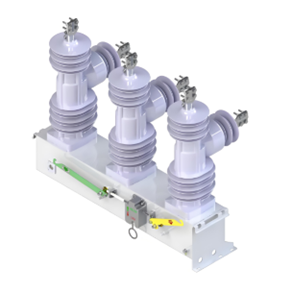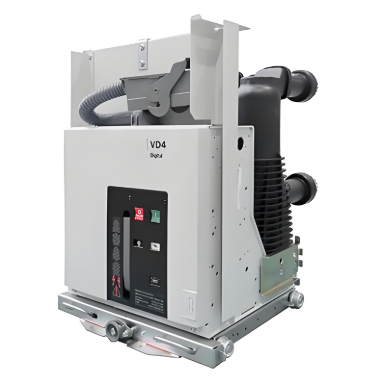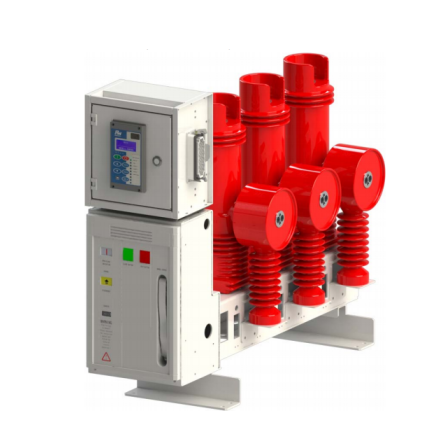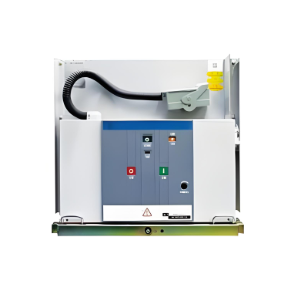Adaptive Recloser Solution for Indonesia's Volcanic Geothermal Plants: Enhancing Grid Resilience in Extreme Environments
06/09/2025

Project Background
Indonesia possesses approximately 40% of the world's geothermal resources, with a geothermal power generation potential of 23–28 GW. However, by 2022, only about 2.3 GW had been developed. The government aims to achieve 5,000 MW of installed capacity by 2025 but faces multiple challenges:
- Grid Stability Issues: Geothermal plants are predominantly located in remote volcanic zones (e.g., Sumatra, Java), where frequent geological activity causes earthquake- and landslide-induced damage to transmission lines. Conventional reclosers struggle with high fault rates (3–5× higher than standard grids), failing to prevent cascading outages.
- Corrosive Operational Environment: Geothermal fluids reach 275–330°C and contain corrosive gases (e.g., H₂S), accelerating recloser component degradation by 60% versus conventional sites.
- Grid Compatibility Limitations: Standard reclosers feature slow response times (>2 seconds) and lack adaptive logic for geothermal plants’ "islanded operation" needs, causing trip-offs that cost $1.2M/year in lost generation per plant.
These constraints necessitate customized recloser solutions to achieve national capacity targets.
Solution
To address Indonesian geothermal plants’ unique conditions, the following recloser system integrates specialized engineering:
- High-Temperature & Corrosion-Resistant Recloser Design:
- Core Component Enhancement: Recloser vacuum interrupters and silicone rubber composites withstand 150°C ambient temperatures and H₂S corrosion, doubling lifespan versus standard units.
- Sealed Cooling Structure: The recloser integrates air cooling + phase-change material (PCM) to dissipate heat in >50°C environments, preventing thermal failure.
- Adaptive Protection Logic for Reclosers:
- Multi-Mode Reclosing Strategy:
- Transient Faults: Recloser executes first reclose within 0.1 seconds (minimizing outages).
- Permanent Faults: Recloser locks out and triggers microgrid interconnection for islanded operation.
- Fault Location Accuracy: Reclosers with traveling wave ranging reduce location error to ≤50 meters, cutting inspection time by 40%.
- Smart Grid-Compatible Recloser Functions:
- Dual-Source Switching: Reclosers synchronize with gas turbines/energy storage, restoring power within 0.5 seconds during grid failures.
- Remote Monitoring: Real-time tracking of recloser status and environmental parameters (soil moisture, H₂S) achieves >95% warning accuracy.
- Localized Deployment of Reclosers:
- Modular Design: Reclosers disassemble for transport to remote mountainous sites, reducing installation time by 50%.
- Joint Maintenance: PLN-partnered spare parts depots ensure <4-hour recloser fault response.
Results Achieved
The advanced reclosers achieved breakthrough reliability enhancements in Indonesia’s extreme geothermal environments, directly addressing grid instability challenges. Key outcomes include:
- Lifespan Doubling: High-temperature/corrosion-resistant designs doubled the reclosers’ operational lifespan compared to conventional units.
- Fault Outage Reduction: Adaptive multi-mode reclosing logic reduced transient fault outages by 90% via rapid 0.1-second response times.
- Inspection Efficiency: Enhanced traveling-wave fault location accuracy (≤50m) lowered grid inspection times by 40%, preventing cascading failures.
- Grid Stability: Reclosers enabled seamless islanded operation during permanent faults, boosting overall grid reliability by 80% through coordinated microgrid switching (<0.5-second restoration).
- Operational Uptime: Supported by remote monitoring (>95% warning accuracy) and localized maintenance (<4-hour response), reclosers achieved >99% uptime across volcanic zones, accelerating Indonesia’s geothermal capacity expansion.













